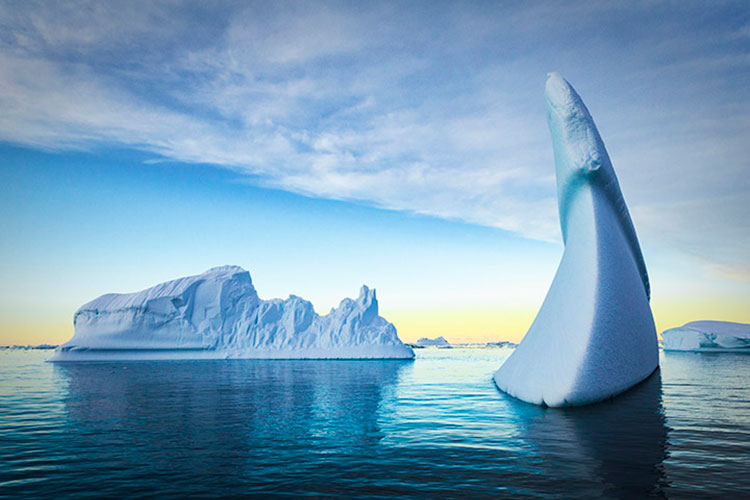
Justin Hofman remembers the moment that a photograph changed his life. The Pacific Grove based tour leader and artist was on an expedition in Indonesia, watching clients snorkel on a sweltering afternoon, when a friend saw a seahorse navigating the floating sticks and seagrass. Hofman grabbed his camera and hopped in the water, but as he followed the tiny drifter, trash started rolling in with the waves.
The seahorse clutched a cotton swab. Hofman turned his lens toward the scene and captured what he calls “lightning in a bottle.”
“Right after I took the photo and got back into the boat, I told my buddy, Richard, ‘I’m going to win Wildlife Photographer of the Year with this,'” Hofman remembers.
While he didn’t win the prestigious competition that’s organized by the Natural History Museum in London, Hofman’s photo was named a 2017 contest finalist. The ocean advocacy group SeaLegacy posted the sewage surfer image on social media. Kim Kardashian West shared it on Twitter. National Geographic later published the photo. Hofman’s own Instagram post, captioned with questions about the future of the world’s oceans, earned nearly 34,000 likes and 2,000 comments.
For weeks after the contest announcement, his life was a blur of interview requests and personal responses from all over the world.
“In hindsight, the caption almost caught people as much as the photo and that was not my expectation. I was just writing honestly, and I think that it resonated with people in a way I wasn’t anticipating,” says Hofman. “I really like to let nature speak for itself. I’m just the person there, holding the microphone in some sort of way.”
The Southern California native never set out to be a photographer. Hofman studied marine biology and scientific illustration at the University of California, Santa Cruz. Deter-mined to avoid life behind a desk, he started leading nature trips and settled on a career path while exploring California’s Channel Islands with a group of schoolchildren.
“I realized that I liked being on boats, I liked moving and I liked being on the sea,” Hofman says. “Once that job ended, I wanted to go back out.”
He landed a job as a deckhand and learned the ropes of expedition cruising before eventually working his way up to a naturalist role. Hofman now travels for about six months a year as an educator, photographer, dive master and expedition leader for Eyos Expeditions. The company operates customized land tours and luxury yacht charters in Antarctica, Alaska, Melanesia, Vanuatu, Australia’s Kimberley region and beyond.
“Now, I’m not just talking about the things that we see. I’m also planning and executing the trips, and working hand-in-hand with the captain to figure out the logistics of making these adventures happen,” says Hofman.
He’s also adding a few small-group photo expeditions to his schedule, including a spring 2019 excursion in Chile’s Torres del Paine National Park. As they explore the striking scenery of Patagonia, participants will learn how to better capture wildlife and landscape images.
A quick spin through Hofman’s personal Instagram page reveals spectacular shots of Adélie penguins, Antarctic icebergs, anemones, moon jellies, polar bears, tropical palms and other natural wonders. It’s an impressive portfolio for a self-taught photographer who picked up his first single-lens reflex (SLR) camera about a dozen years ago.
“I was doing some really fun work stuff, like tagging seals and tracking bears, and I realized that I should bring a camera to record and share these things with family and friends,” says Hofman, who read how-to books and started discussing the craft while on tour with professional photographers. “Those steps, combined with me taking a lot of really, really terrible photos and learning from my mistakes, built up my knowledge base.”
These days, as he reviews his own images, Hofman’s favorites feature underwater wildlife, challenging conditions and the raw power of nature.
“I like big, nasty waves and crazy weather and spray, because it makes me feel very humble and it reminds people that we, physically, are just nothing on this planet,” he says.
Regardless of the photo, Hofman hopes that his images inspire support for global preservation efforts.
“I don’t necessarily want people to remember anything specific from my work. I just hope that they reflect on their impact and what it actually means to be one of the seven billion people on this planet,” he says. “Each person really can make a positive or negative difference.”
For details on Justin Hofman’s photography, expeditions and conservation work, please visit www.justin-hofman.com.